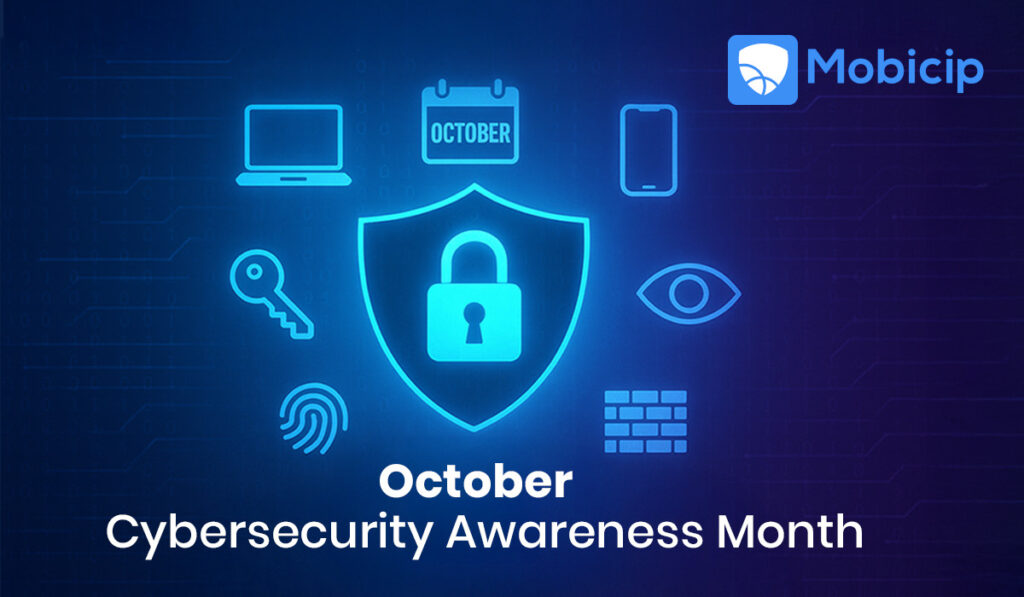Cyber Sexual Assault Awareness

April is Sexual Assault Awareness Month. Now is as good a time as any to understand sexual assault in the realm of digital life. The US Department of Justice defines sexual violence, as “any unwanted sexual act, or attempt to obtain a sexual act, through coercion, unwanted sexual advances, and sexual traffic or attempt at sexual trafficking”.
Given the novelty of the digital era, there is, as yet, no formal definition of cybersexual violence. But extending our definition of offline sexual violence to the cyberworld, cybersexual assault may be described as the use of digital tools, in particular, social media and communication technologies, for unwarranted sexual comments and advances, solicitation of sexual favors, and sexual coercion. Spreading rumours, “sexting” without mutual consent, cyber bullying with the motif of sex, sending damaging messages, photos or videos, and impersonation can fall under the realm of cybersexual harrasssment. Exchanging nudes, sexting with unknown people can be potentially dangerous for children as well. In short, any behaviour that aims at damaging a person’s reputation, feelings, self-esteem and mental health is sexual assault.
Cyber sexual harassment, which includes cyber stalking, occurs when a harasser (known or anonymous) sends abusive, threatening, or obscene messages to a victim by e-mail, instant messaging or in social media such as internet forums, blogs and discussion boards. More serious is the increasing prevalence of group harassment or cyber-mobbing, where two or more people jointly taunt an individual. Cyber sexual harassment can be of many types. Gender harassment involves insulting and unpleasant remarks made to an individual, which is based on gender. These remarks and comments may include gender-humiliating statements, rape threats, and sexual comments that are non-consensual. Graphic gender harassment occurs when the perpetrator sends unsolicited erotic, pornographic, lewd, and lascivious images, videos and audio to specific or potential victims, with the specific intent to cause disturbance. Cyber stalking is defined as repetitive, unsolicited and undesirable online contact and/or pursuit by the perpetrator, of the victim. Stalking by proxy and group stalking occur when the original perpetrator eggs on other strangers to continue the harassment.
850,000 American adults—mostly women—are targets of cyber-stalking each year in USA, according to the U.S. Department of Justice. Pew Research Center found 40 percent of adult Internet users have experienced harassment online, with young women enduring particularly severe forms of it.

Most cyber harassment occurs in anonymity; the perpetrator hides behind a pseudonym (“trolling”) and either targets a specific victim, or is nonspecific about the target. On the other hand, “unwanted sexual attention” occurs when the perpetrator targets a specific victim, and is himself/herself not anonymous; the victim often knows who the perpetrator is, and the perpetrator sends messages directly relating to sex and/or sexuality which are unwanted or unwelcome by the victim. Unwanted sexual attention involves messages that could refer to the victim's sex organs, comment on the victim's sex life, describe/mention intimate subjects, impose sex-related images or sounds and/or propose sex-related activities. Sexual coercion is an extreme case of unwanted sexual attention wherein sexual cooperation is forced through various pressures applied on the victim.
Sometimes, the assault is not overt but more damaging. Perpetrators can, and have been known to, install malware in the victims’ computer, thereby not only hacking into their private files, but also remote-operating recording devices and cameras and obtain information that compromises the victim, and use this information for various criminal activities including sextortion and extortion.
Domestic violence has also been increasingly leveraging on social media and other tech tools to sexually harass their victims. Dissemination of personal information, such as home addresses, phone numbers, credit card information and workplaces, without consent come under the purview of digital sexual assault as do graphic rape and death threats, threats to children and families, and threats to careers and communities, in exchange for favors. An investigation in a domestic violence shelter showed that 85 percent of those seeking sanctuary in these “safe houses” were tracked by their abusers using GPS on their phones and seventy-five percent of victims were stalked remotely by their abusers using hidden mobile apps.
Cyber sexual assault is in every way, as traumatic as offline sexual assault, or perhaps even worse, if that were possible. An interesting doctorate study at the University of Central Florida in 2008, showed that cyber-sexual assault survivors show trauma symptomology similar to physical sexual assault survivors. Online sexual harassment can affect women’s’ (usually) physical safety, career, economic stability and mental health, and their participation in public life. While such assaults are damaging to anyone, their effects on children are particularly serious. Children and youngsters, the ubiquitous digital natives, are not only the easiest targets of cyber sex crimes because of their ignorance and naivety (and possibly misplaced bravado), but are also the most affected group. Cyberbullying following the viral spread of videos of sexual assault on teenagers, leading to their death is the tip of the iceberg of the dangers of cyber assaults.
NSPCC (National Society for the Prevention of Cruelty to Children) proposes the following redflags for digital sexual abuse trauma in children:
- Being withdrawn
- Sudden changes in behaviour
- Anxiety
- Clinginess
- Depression
- Aggression
- Sleep problems/nightmares
- Eating disorders /changes
- Bedwetting
- School irregularity
- Obsessive behaviour
- Drugs/alcohol
- Self-harm/thoughts, talk of suicide
The signs of online sexual abuse of adolescents are the following:
- The adolescent spends a disproportionate amount of time online, texting, gaming or using social media and is furtive about it. While this is a highly subjective symptom, the “gut feeling” of the caregiver must never be ignored.
- The adolescent is withdrawn, upset or outraged, especially after having been on the internet for any length of time.
- The adolescent is secretive about their online activities.
- The adolescent has phone numbers, texts or e-mail addresses on their mobile phone, laptop or tablet that the parent does not know of or can’t recognise.
Apps such as Snapchat or Yubo can be potentially dangerous for your children. Learn more about snapchat parental controls to stay a step ahead. With increasing insurgence of the Internet and social media into daily life and easy availability of personal information online, it is becoming challenging and imperative for individuals, organizations, schools and governments to address the issue of cybersexual assault. Thankfully, stalking laws and other statutes that criminalize cyber harassment are already in effect in many states. The Violence Against Women Act, passed in 2000 in the US, has made cyberstalking a part of the Federal interstate stalking statute. But such sporadic acts and laws are woefully insufficient given the growing prevalence of cyber sexual assault. The best defense is awareness. It is very important for all of us, irrespective of gender, age and nationality, to be aware of the pitfalls of the digital era, and be extra cautious, as we would be in a strange neighbourhood. Afterall, there is nothing stranger than the online neighbourhood in the digital world.
Writing credit: Authored by Lakshmi, a Mobicip researcher & parent with unique insights on the psychological effects of exposure to technology.
Keep in touch with the latest on parenting, technology and education. Subscribe to the Mobicip newsletter. Learn more at www.mobicip.com.





